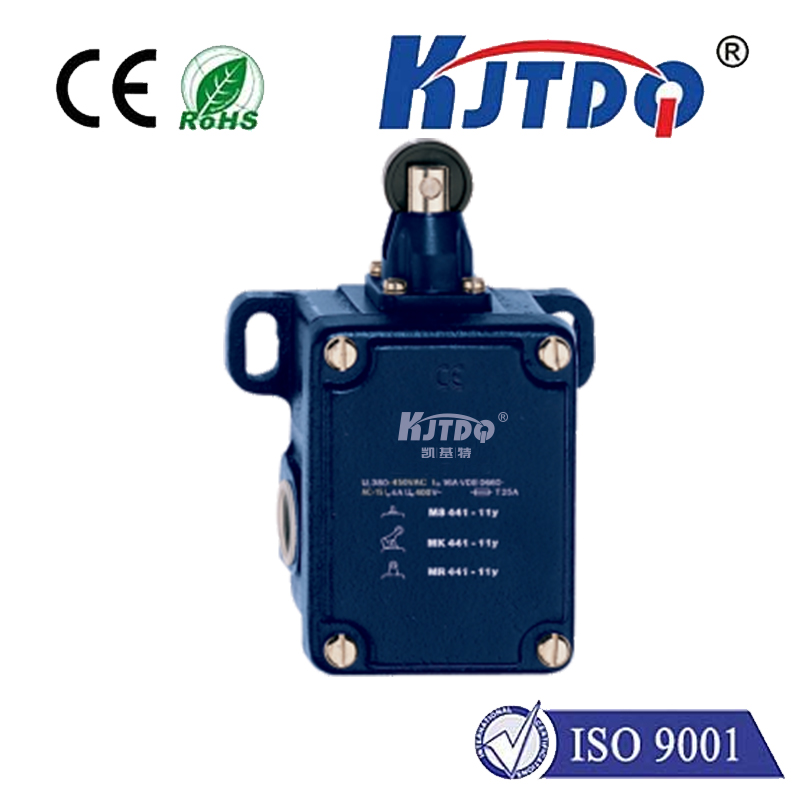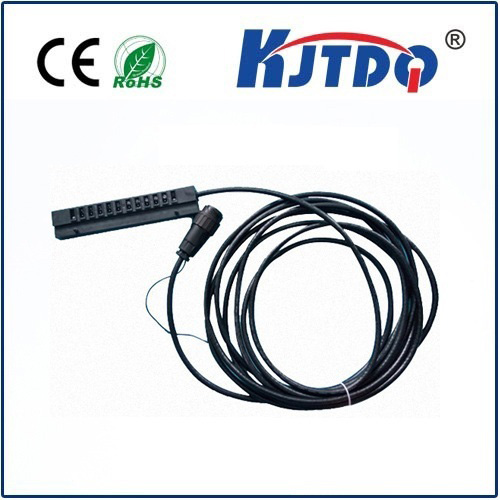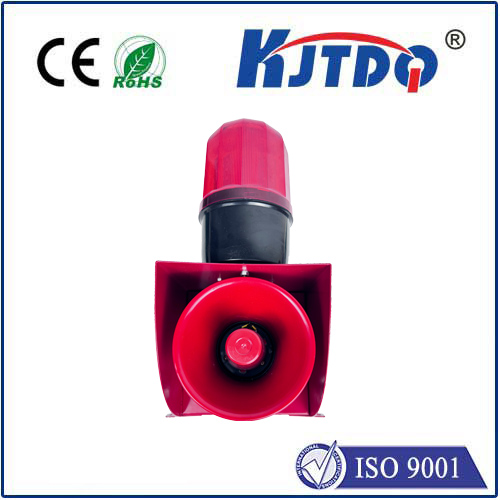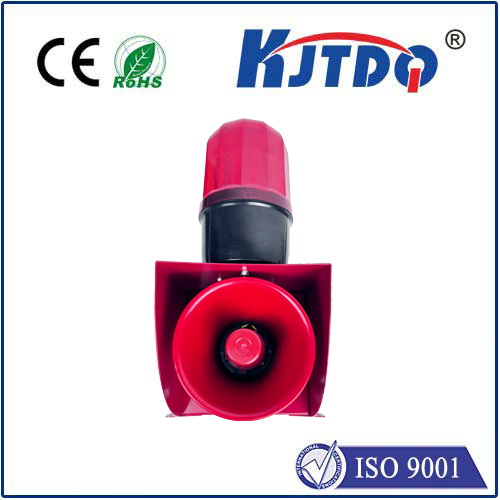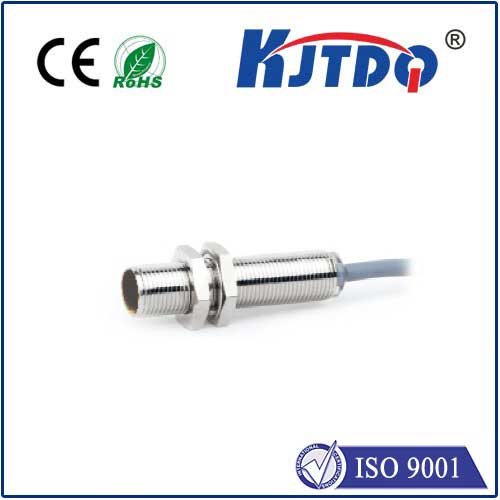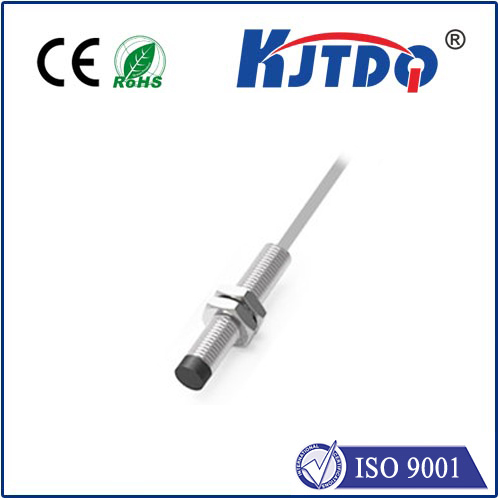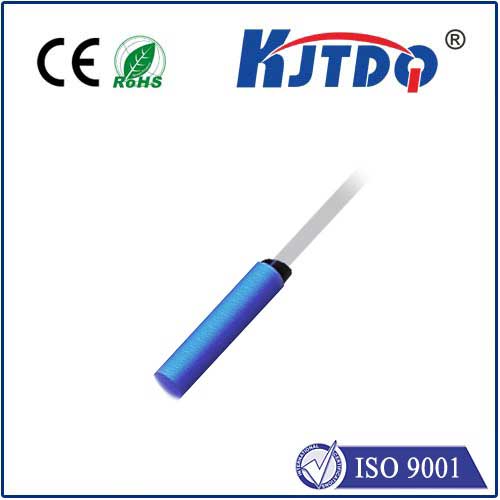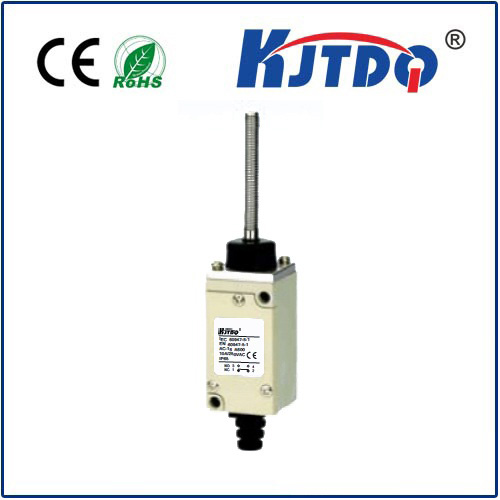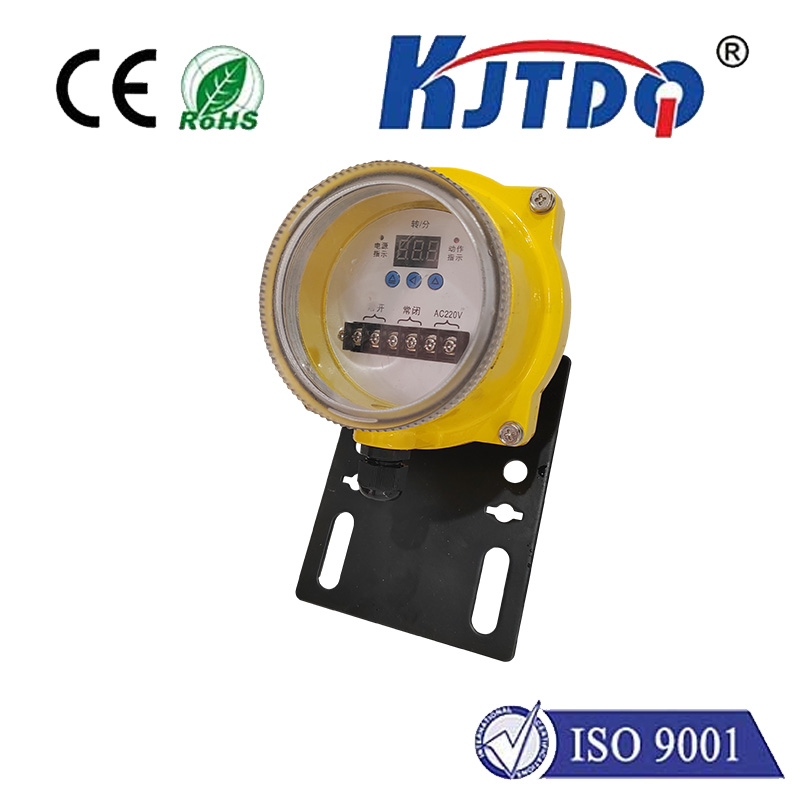
check

check

check

check
Title: Understanding Thermal Limit Switches: A Comprehensive Guide
Thermal limit switches are crucial components in many industrial and commercial systems. These switches are designed to detect changes in temperature or heat levels, which can signal the need for maintenance or shutdown of a machinery or system. In this article, we will delve deeper into the workings of thermal limit switches, their types, installation, and usage.
Section 1: Introduction to Thermal Limit Switches
Thermal limit switches operate based on the principle of temperature sensing. They contain a built-in sensor that responds to changes in temperature, either by opening or closing a switch. This mechanism allows them to sense when a device or system is overheating and trigger an alarm or shutdown.
Section 2: Types of Thermal Limit Switches
There are several types of thermal limit switches available in the market, each with its unique features and application. Some common types include:
1. Floating Contact Switches: These switches have two metal contacts that float against a spring, and their movement is directly related to the temperature. When the switch senses a rise in temperature, it opens, and when the temperature drops, it closes.
2. Removable Link Switches: These switches consist of a movable link that connects two metal contacts. As the temperature increases, the link expands and pushes the contacts together, causing a switch closure.
3. Proximity Sensors: These sensors use infrared technology to detect changes in temperature and proximity. They are often used in conjunction with thermal limit switches to provide an extra layer of protection.
Section 3: Installation of Thermal Limit Switches
The installation of thermal limit switches varies depending on the type of switch and the system being controlled. However, here are some general guidelines to follow:
1. Choose the right location: Ensure that the switch is installed in a place where it can easily sense changes in temperature, such as near heating elements or exhaust pipes.
2. Consider clearance: Make sure there is enough space between the switch and the surrounding objects to avoid contact or damage.
3. Connect wires properly: Connect the power supply and signal wires to the appropriate terminals on the switch according to the manufacturer's instructions.
Section 4: Usage of Thermal Limit Switches
Once installed, thermal limit switches can be used to monitor and prevent overheating of equipment or systems. Here are some common ways they can be utilized:
1. Prevent Equipment Failure: By detecting early signs of overheating, thermal limit switches can help prevent equipment failure and reduce downtime.
2. Improve Safety: Overheating can lead to fire or other hazards. By detecting and responding to temperature changes, thermal limit switches can improve safety in hazardous applications.
3. Increase Efficiency: Monitoring temperature helps optimize energy consumption and increase efficiency by preventing unnecessary operation or shutdowns.
